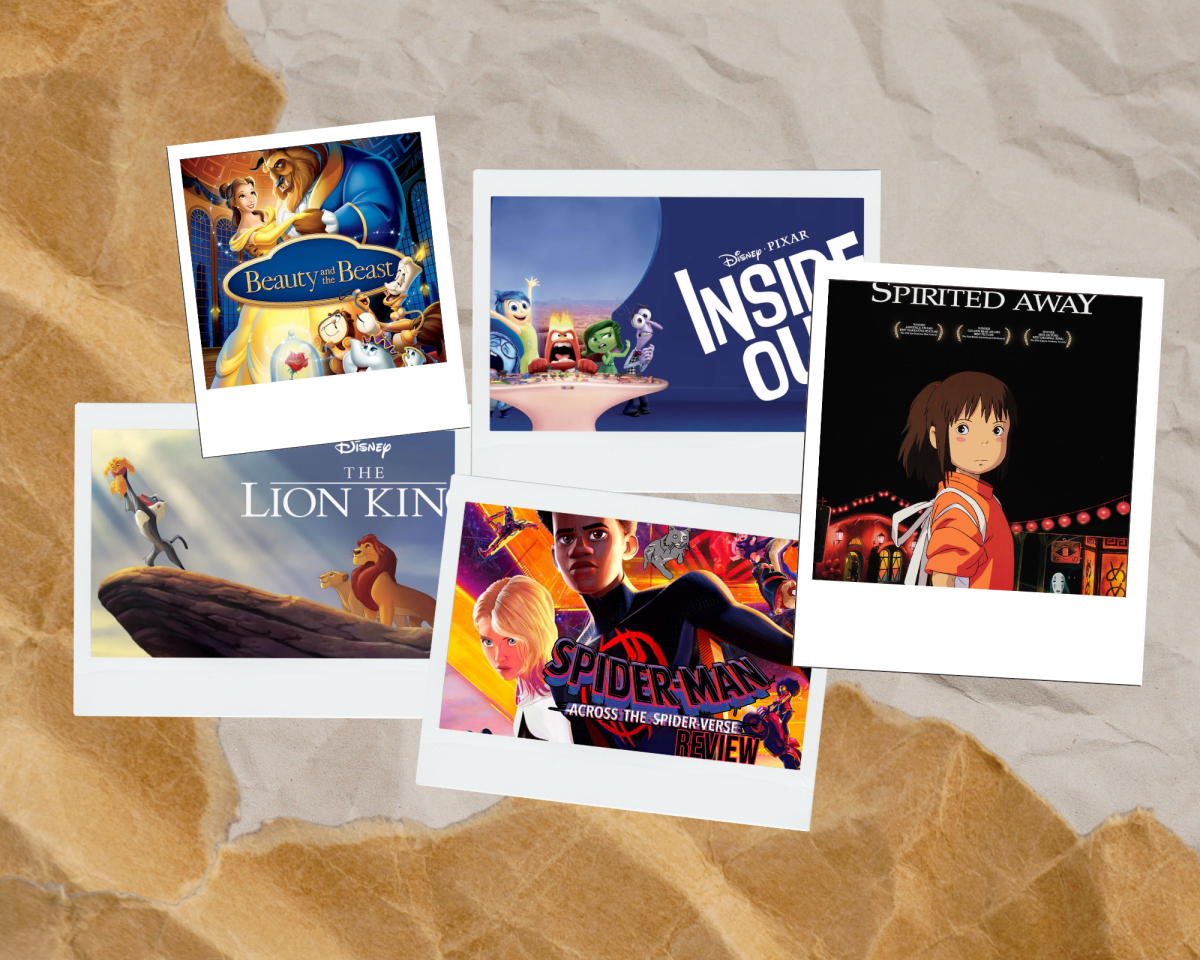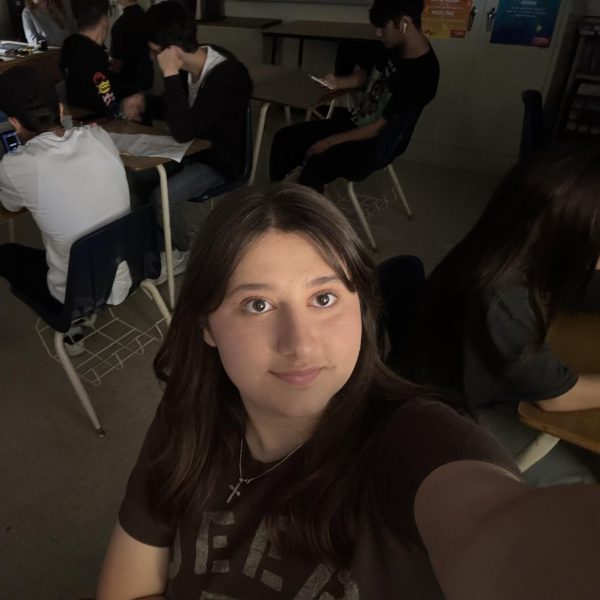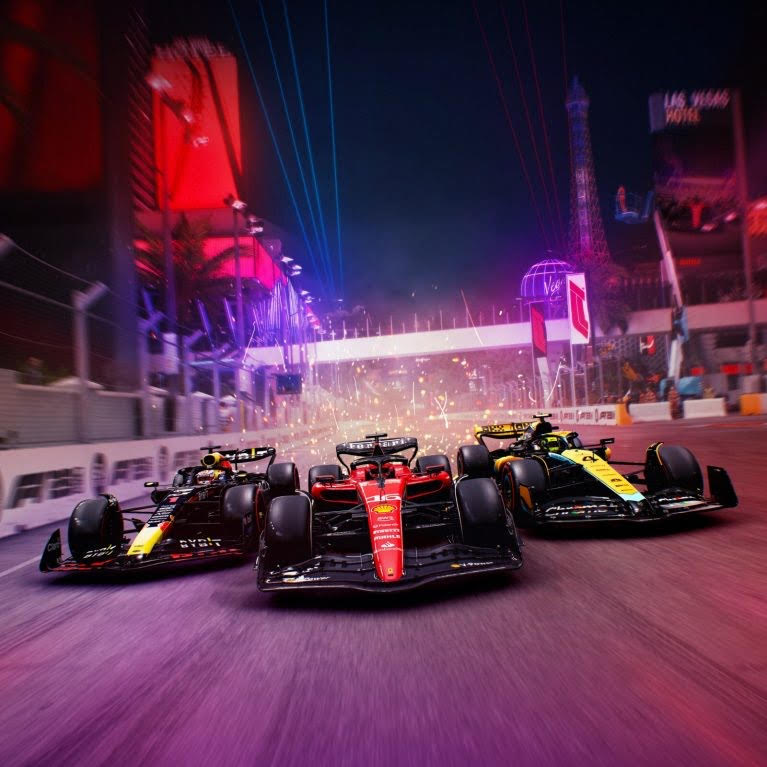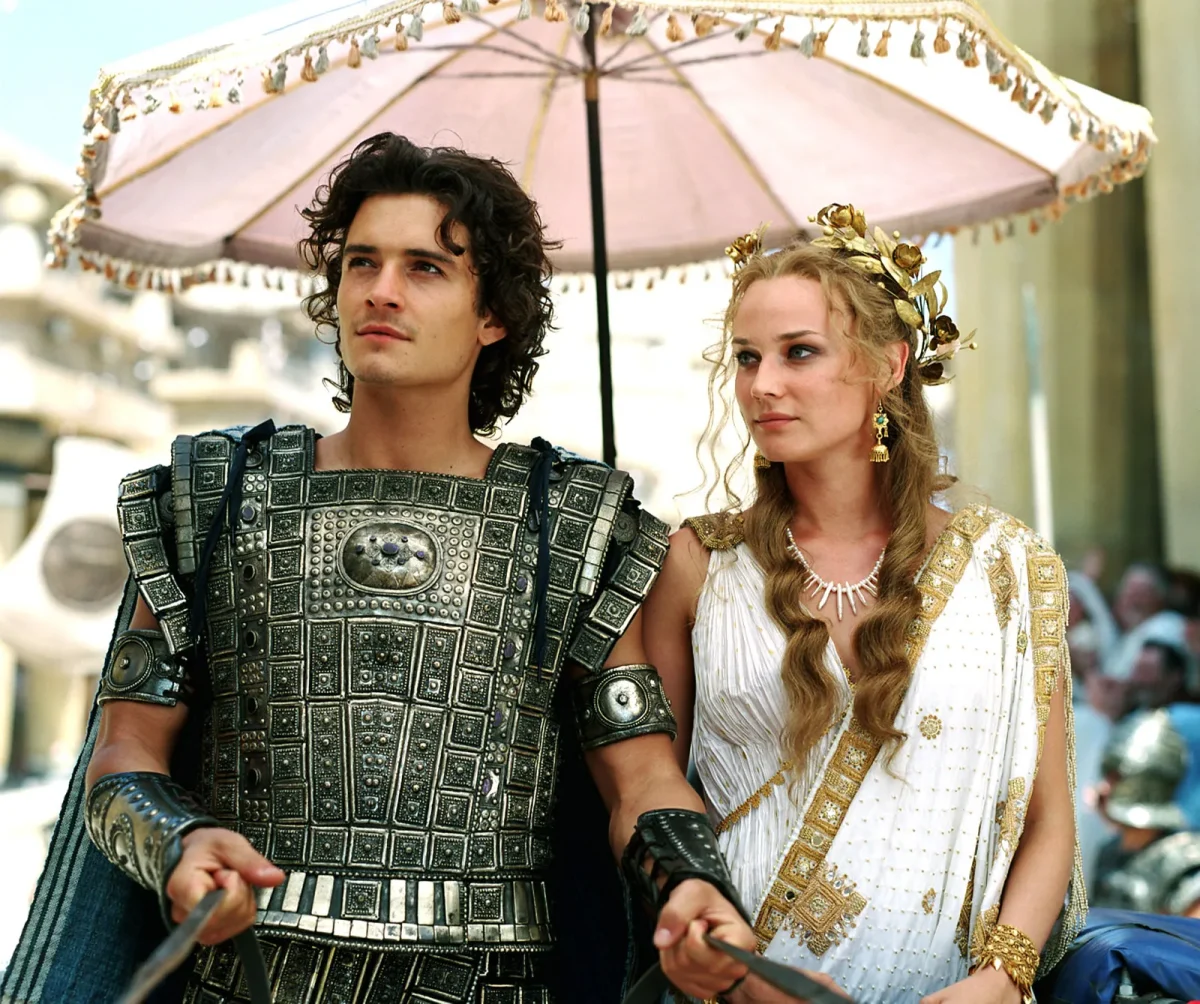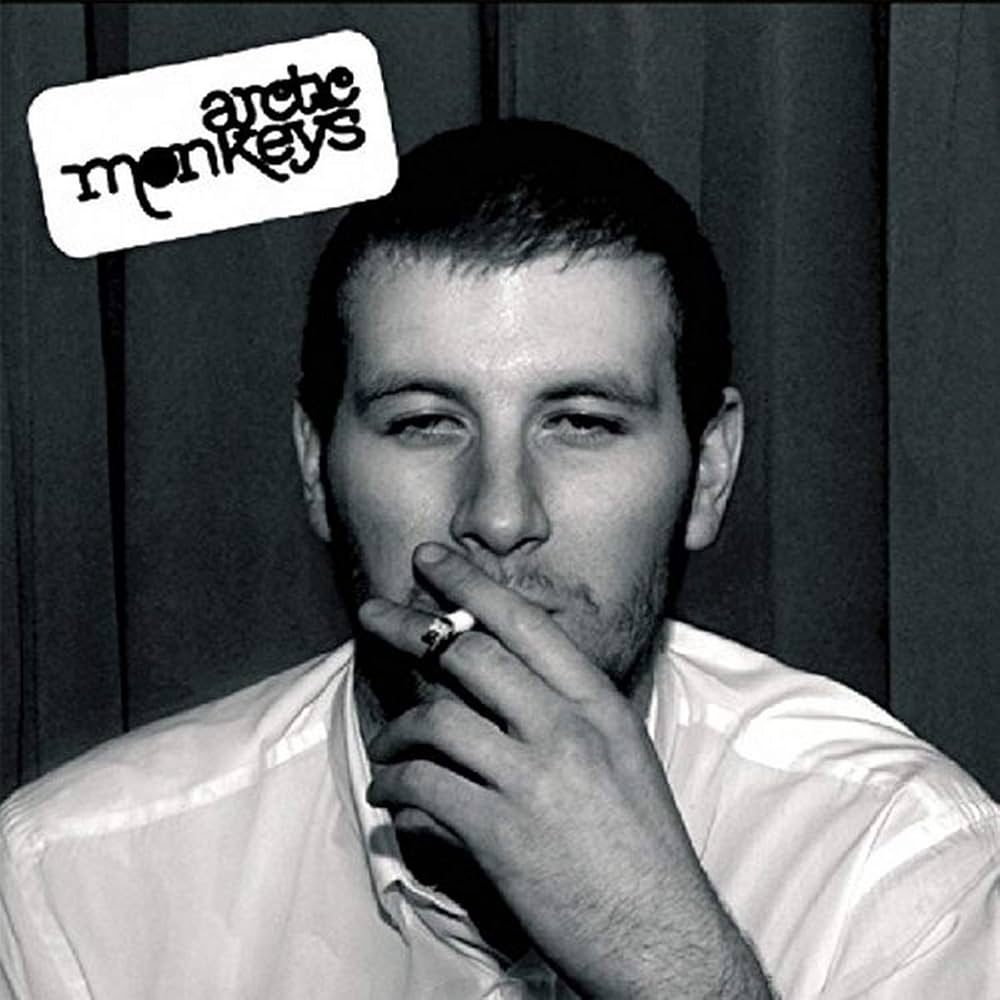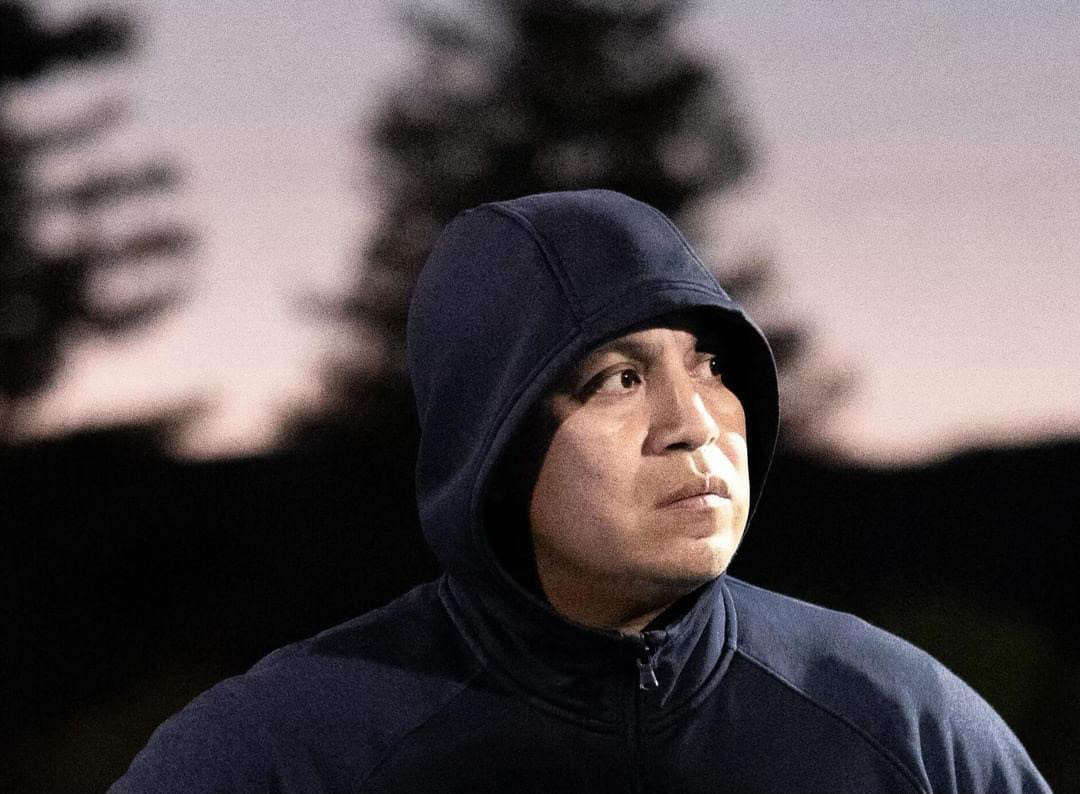When it comes to visual storytelling, animation is certainly superior to live-action. While live-action movies rely on real-world filming and CGI, animation offers infinite creative opportunities. Because everything is possible in animated films, and there are no restrictions, physical arrangements or laws of physics, it works well as a storytelling tool.
While animation is not limited by the laws of physics and reality, live-action has limitations on what may be shown. By contrast, ideas, animals and creative scenarios can be easily brought to life through animation. These movies use animation to create a lasting impression, whether it’s the fantastic, imaginative world of The Lion King (1994), the neon-lit universe of Spider-Man: Into the Spider-Verse, or the visionary spirit world of Spirited Away.
Specifically, Into the Spider-Verse is an excellent example of how to use animation to create a captivating and beautiful narrative. Using visual effects, pop art, comic book-style graphics and textures suggestive of graffiti, the film builds a universe that seems to have evolved out of a graphic novel.
Through time manipulation, Miles Morales is animated in fewer frames per second than the other Spider-people early in the film, showing his lack of confidence and hero growth. This could never be done with the same imagination or detail in live-action. The movie acknowledges its comic book origins in a way that would seem odd or wrong in a live-action picture, by using on-screen text and thought bubbles
Through its visual style, Into the Spider-Verse improves the emotional journey alongside its visual appeal. As his trust in himself grows, Miles moves more effortlessly and easily, and the visuals show his growth. Vibrant colors, different animation styles and strange scenes during crucial times convey feelings of desperation and victory in ways that live-action could never. One of the biggest benefits of animation is its freedom of imagination, which frees filmmakers from the limitations of realism to express things that are not tangible, such as courage, fear and self.
Another excellent example of how animators can produce completely new worlds that feel both mystical and emotionally grounded is Hayao Miyazaki’s Spirited Away (2001). The movie follows a young child named Chihiro as she travels into an intriguing spirit realm that is home to gods, animals and strange scenery. From the smallest dust sprites to the massive, magnificent bath house where ghosts go to relax, the hand-drawn animation clearly illustrates all of it. Even though these figures are anything but, their expressions, actions and designs have a very human feel to them. Spirits can shapeshift, float and glow with feeling in animation, without messing with the viewer’s sensation of involvement.
The way that Spirited Away visually expresses themes of fear, belonging and maturity is what gives the movie its power. The world related to Chihiro reflects her transformation from a fearful, lost girl to a brave and clever heroine. As she develops, the animation changes from eerie and dark to lively and alive. It’s challenging to accomplish such visual and emotional significance in live-action without coming across as artificial or overly reliant on special effects. Each scene in Spirited Away feels deliberate and artistic, like a moving picture artwork that portrays a tale beyond words.
By portraying the inner emotional world of a little girl named Riley, Inside Out (2015) further shows the ability to better tell stories through animation. Joy, Sadness, Anger, Fear and Disgust are all beautifully brought to life in the movie, each with its own color scheme, way of movement and design. The story switches between Riley’s head and the outside world, where memories are stored in bright orbs, traits of personality are symbolized by islands and pure thinking is represented by constantly shifting shapes. These difficult psychological ideas can be made relevant and understandable through animation.
Inside Out’s illustration style creates strong feelings in viewers, in addition to educating them about emotions. The breakdown of the memory islands, the heavy fall of Sadness and the glistening, soft texture of Joy’s aura are all significant and animated choices. The balance between fantasy and emotion would be impossible to capture in live-action. This movie, which is appealing to viewers of all ages, illustrates how animation can be both incredibly thoughtful and enjoyable.
On the other hand, live-action movies can deteriorate quickly; once-wonderful visual effects can now seem outdated. Beauty and the Beast (1991) has a timeless appeal, unlike the awkward and overly computer-generated images from the live-action remake in 2017. Animation often lasts longer because it exists outside of real trends and technological limitations.
Each part of an animated movie—color, lighting, motion, timing and style—is completely in the creators’ hands. This explains the powerful visuals and feelings of movies like Inside Out, The Iron Giant, and Coco. To connect with viewers more deeply, characters may make excessive facial expressions and gestures. In a live-action movie, the emotion expressed by a single, silent look from Wall-E or a joyful hop from Joy in Inside Out often outs any spoken word.
Live-action has its place, but animation gives unlimited storytelling possibilities. It allows filmmakers to imagine freely, engage emotionally and build unthinkable worlds in ways that live-action often cannot. Because of its creativity, depth of feeling and visual appeal, animation is one of the most powerful and lasting kinds of cinematic art. In terms of narrative and creativity, animation not only wins but really excels.





